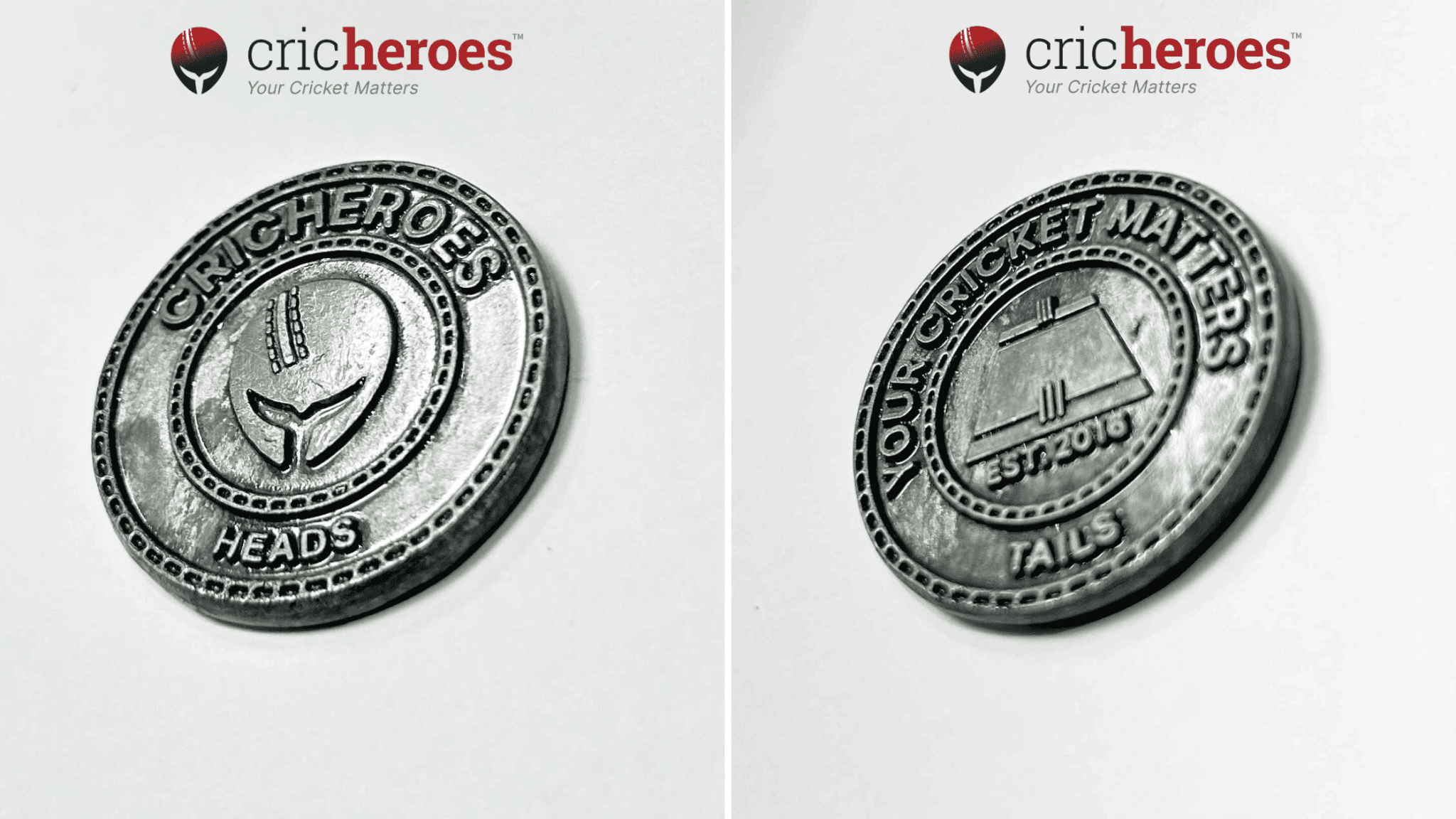Stay Sharp: Home Workouts to Enhance Your Pin Bowling Performance

If you’re keen on improving your pin bowling skills without heading to a bowling alley, you can achieve excellent results right at home. Including focused workouts and drills can make a significant difference in your performance. This guide covers effective home workouts and practices to keep you sharp and competitive in pin bowling.
Setting Up Your Home Training Space
Before diving into exercises, it is essential to set up a dedicated space for pin-bowling training at home. Choose an area that provides enough room for movement. It doesn’t need to be a full bowling lane but should be spacious enough for practicing your swings and drills. A smooth floor surface will work best, and adding a few markers or targets can help with accuracy.
Basic Strength and Flexibility Exercises
- Core Strength: Building core strength is crucial for a stable and powerful bowling stance. Exercises like planks and Russian twists can help. Hold a plank for 30 seconds to 1 minute, and perform 15-20 Russian twists. These exercises strengthen the muscles necessary for maintaining balance and control during your swing.
- Leg Workouts: Strong legs contribute to a stable approach and powerful release. Squats and lunges are effective for this. Aim for 3 sets of 12-15 squats and 10-12 lunges per leg. These exercises improve your lower body strength, enhancing your push-off and follow-through.
- Flexibility Drills: Flexibility aids in smooth and controlled movements. Incorporate stretching exercises such as hamstring stretches, and calf stretches. Hold each stretch for 20-30 seconds to improve your range of motion, which is vital for a fluid bowling motion.
Improving Your Bowling Technique
- Swing Mechanics: Practice your bowling swing using a lightweight object like a broomstick. Focus on smooth, controlled movements and maintaining a consistent follow-through. This helps you develop muscle memory for a reliable swing technique.
- Release Practice: To perfect your release, use a small ball or even a rolled-up sock. Work on your grip and timing to mimic the actual bowling release. Practice this movement repeatedly to improve your timing and accuracy.
- Target Drills: Set up a target on the floor to practice aiming. This could be a small mat or even a marked spot. Practice rolling a ball or a similar object towards this target, focusing on hitting it consistently. This drill helps you develop better aiming skills and enhances your precision.
Utilizing Pin Bowling Practice Videos
Incorporating pin bowling practice videos into your routine can provide valuable visual guidance and motivation. Look for videos that demonstrate various techniques, drills, and exercises. Watching professional bowlers can help you understand the nuances of effective technique and strategy.
Incorporate Mental Training
Mental toughness is as important as physical skill in pin-bowling. Practice visualization techniques by imagining yourself executing perfect shots. Spend a few minutes each day visualizing your swing, release, and follow-through. This mental practice helps build confidence and focus, translating into improved performance during actual play.
Home Bowling Games and Challenges?
To keep your practice engaging, create home bowling games and challenges. Set up different pin configurations or obstacles and try to clear them using your skills. Compete with family or friends to add a fun competitive element to your training. This not only makes practice enjoyable but also helps you adapt to varying conditions.
Tracking Your Progress
Keep a journal or use a digital app to track your progress. Record the exercises you do, the improvements you notice, and any areas that need more work. Regularly reviewing your progress can help you stay motivated and focused on your goals.
Avoiding Common Mistakes
- Neglecting Warm-Up: Always start with a warm-up to prevent injuries and prepare your body for the workout. Simple warm-up exercises like jogging in place or dynamic stretches can be effective.
- Overtraining: Avoid pushing yourself too hard. Allow time for rest and recovery to prevent burnout and injuries. A balanced routine with adequate rest is key to sustained improvement.
- Ignoring Technique: Focusing solely on physical strength without considering technique can limit your progress. Balance strength training with technique-focused drills to see overall improvement.
Final Words
Improving your pin bowling training at home involves a mix of physical conditioning, technique practice, and mental training. By setting up a dedicated practice space, engaging in targeted exercises, and utilizing helpful resources like practice videos, you can enhance your skills effectively. Remember to track your progress and keep your practice sessions varied and enjoyable. With dedication and the right approach, you’ll stay sharp and ready for any bowling challenge.







